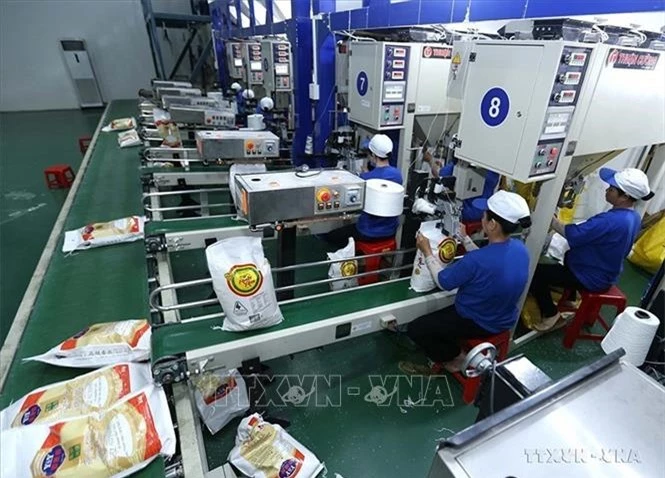
According to the Vietnam Trade Office in the Philippines, rice is an important essential commodity to ensure food security for this country. Although there is a rice production industry, the annual output cannot meet the consumption demand, so the Philippines has to import rice from many other countries. For Vietnam, rice is both a traditional commodity and a key export commodity that has created a solid position for Vietnam in the Philippine market in recent times.
However, along with geopolitical fluctuations and instability in the world, policy changes in some major rice producing countries in the world, typically India's rice export ban, make the issue of ensuring food security in the Philippines even more important.
The Philippines' rice import figures up to mid-March 2024 partly reflect the initial success of the government in diversifying rice supply. According to statistics from the Bureau of Plants - Department of Agriculture of the Philippines, from January 1 to March 14, 2024, the total rice import volume of the Philippines was 886,963.11 tons, about 10.6% higher than the total rice import volume in the first quarter of 2023. This figure shows that the Trade Office's forecast of the Philippines' rice import level in 2024 remains high, about 3.8 to 4 million tons, which is completely appropriate.
Of the total rice imports of the Philippines mentioned above, rice imported from Vietnam still accounts for the largest amount at 493,962.72 tons, accounting for 55.7%. Next is rice imported from Thailand with 230,559.43 tons, accounting for 26%, while rice imported from Pakistan is 109,803.5 tons, accounting for 12.4%. In addition, the Philippines also imports rice from Myanmar with a quantity of 48,960 tons, from Cambodia 1,620 tons, from Japan 1,815.37 tons, from India 235.5 tons and from Italy 6.6 tons.
The above rice was imported by 109 companies licensed to import by the Bureau of Plant Protection - Department of Agriculture of the Philippines, of which the two largest importers were Orison Free Enterprise Inc with a volume of 103,408.35 tons, followed by BLY Agri Venture Trading with an import volume of 55,419.99 tons.
Meanwhile, from March 1-14, 2024, the Bureau of Plant Health - Department of Agriculture of the Philippines also issued 424 quarantine clearance certificates for 358,188.5 tons of imported rice. According to regulations, the amount of rice granted quarantine clearance as mentioned above must be imported into the Philippines within 30 days from the date of issuance.
The Philippines' initial success in diversifying rice supply sources has made Vietnamese rice increasingly competitive in this market, requiring Vietnamese rice exporting enterprises to have good preparation and competitive strategies, first of all, image and reputation to continue maintaining relationships with long-standing traditional customers and partners, expanding the search for new partners and importers. At the same time, continue to coordinate with the Ministry of Industry and Trade, the Vietnam Trade Office in the Philippines to implement programs to introduce and promote Vietnamese products and commodities; including rice.
Updating information on the market and opportunities to boost rice exports at a recent trade promotion conference with the Vietnam Trade Office in foreign markets, Mr. Phung Van Thanh, Trade Counselor of the Vietnamese Embassy in the Philippines, said that the Philippines does produce rice, however, for many years, domestic rice production has not been able to meet consumption demand. Depending on farming conditions and weather, domestic production in recent years in the Philippines has reached about 19-20 million tons of paddy, equivalent to about 12 million to 13 million tons of rice.
In previous years, the Philippines bought rice through Government-to-Government (G2G) negotiations, and Vietnam always had to compete with Thailand, two major rice exporting partners for the Philippines. However, since 2019, when the Philippines enacted and implemented Law No. 11203 allowing free import and export and trade of rice, removing quotas and restrictions on rice imports, Vietnam has surpassed Thailand to become an important rice supplier, always holding the No. 1 position in rice exports to the Philippine market.
According to Mr. Phung Van Thanh, the advantage of Vietnamese rice in the Philippine market is that many Vietnamese rice enterprises have long-standing relationships with Philippine rice importers, creating prestige and trust in rice exports with Philippine customers. At the same time, Vietnamese rice is suitable for the tastes and consumption habits and meets the diverse needs of Philippine consumers, from the large number of middle and low-income people to the wealthy classes, and has affordable prices, so it is competitive.
Moreover, Vietnam's rice supply is stable, both in quantity and price, and can meet the Philippines' annual import demand. The geographical distance makes transportation cost and convenient. In particular, Vietnam also takes advantage of the bilateral and multilateral trade agreements that both sides participate in while non-ASEAN partners such as India and Pakistan do not have them.
According to Mr. Phung Van Thanh, the Philippines' rice import demand remains high, expected to be around 3.5-3.8 million tons in 2024. However, the Philippines has always been an important rice export market for Vietnam in recent years. Therefore, the Trade Office recommends that domestic rice exporting enterprises, in addition to taking advantage of new opportunities in new markets, must always pay attention to maintaining Vietnam's No. 1 position in rice exports in the Philippines market. Because currently, Thailand is also looking for ways to increase output and market share of rice exports to the Philippines and compete with Vietnamese rice.
On that basis, Vietnamese rice exporting enterprises need to coordinate well with the Ministry of Industry and Trade, the Embassy and the Trade Office of Vietnam in the Philippines to implement programs to promote, propagate and advertise Vietnamese rice products. In addition, continue to maintain and ensure stable rice quality, constantly improve the quality of exported rice products, thereby contributing to increasing the export value of Vietnam's rice products to the Philippine market.
In order for Vietnamese rice to gain a foothold in the Philippine market, domestic rice exporting enterprises must have preparations and competitive strategies such as investing in image and reputation to continue maintaining relationships with long-standing traditional customers and partners, and expanding the search for new partners and importers.
At the same time, domestic export enterprises, in addition to promoting the export of goods, need to coordinate with the Ministry of Industry and Trade and the Vietnam Trade Office in the Philippines to implement programs to introduce and promote Vietnamese products and goods; including rice. In addition, enterprises should diversify their export rice products, not only focusing too much on high-quality rice products to serve high-income people, but also exploiting the potential of medium-quality and lower-quality rice to serve a large number of people with middle and low incomes. In particular, proactively seek partners, expand customers, strengthen relationships and maintain reputation in business with partners and customers, build traditional and sustainable customer relationships.
A representative of the Import-Export Department (Ministry of Industry and Trade) said that in 2024, the export opportunities for the rice industry are huge, but opportunities always go hand in hand with challenges. In the context of the global rice trade market in 2024 still being hot and having many fluctuations, rice enterprises must closely follow the market, organize effective and sustainable business. At the same time, the Ministry of Industry and Trade will coordinate with relevant ministries and branches to proactively negotiate to diversify export markets, take advantage of opportunities to capture new and potential markets to increase the competitiveness of the Vietnamese rice industry.
Source



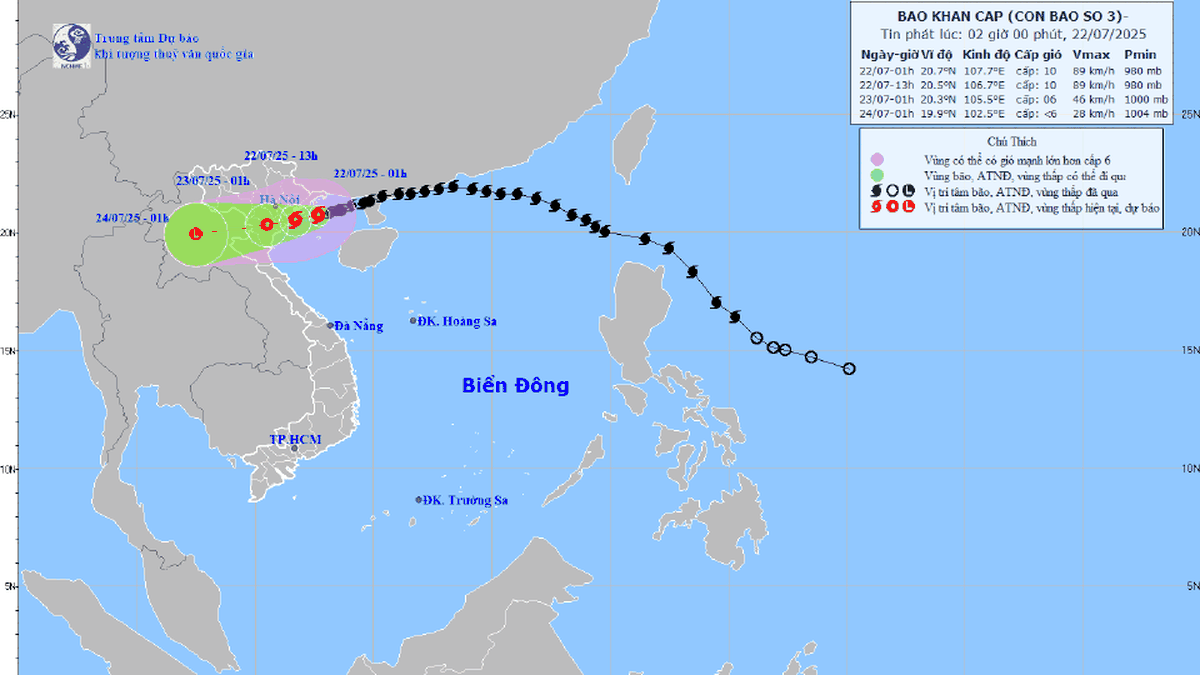
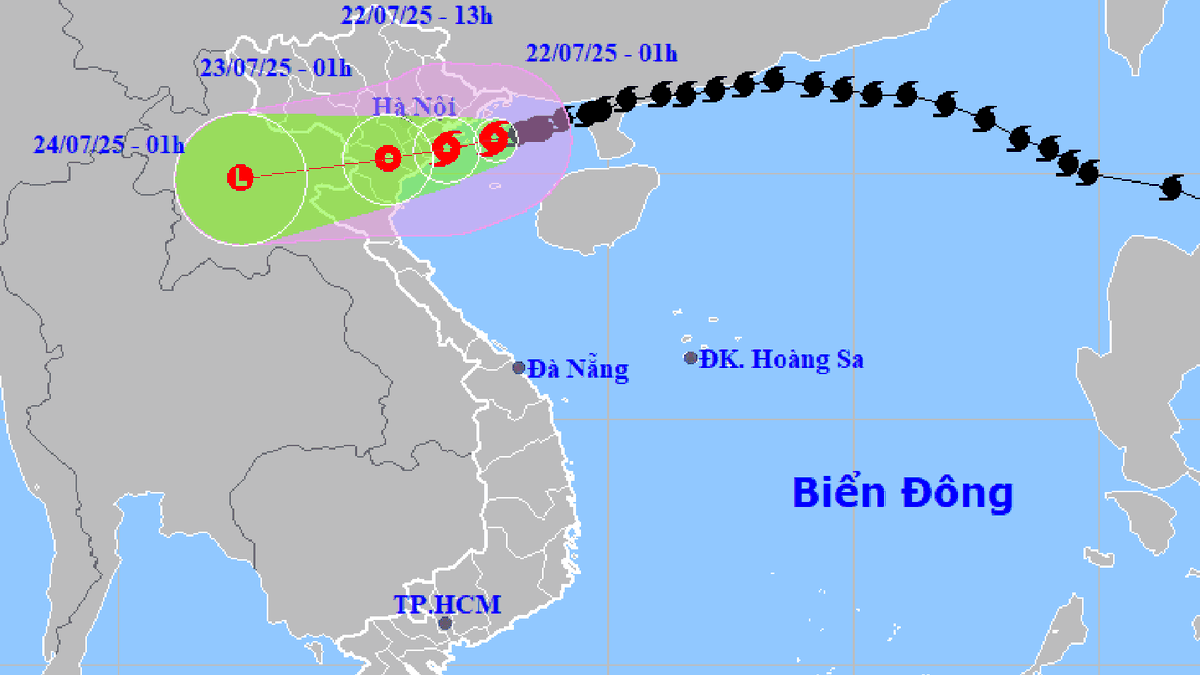


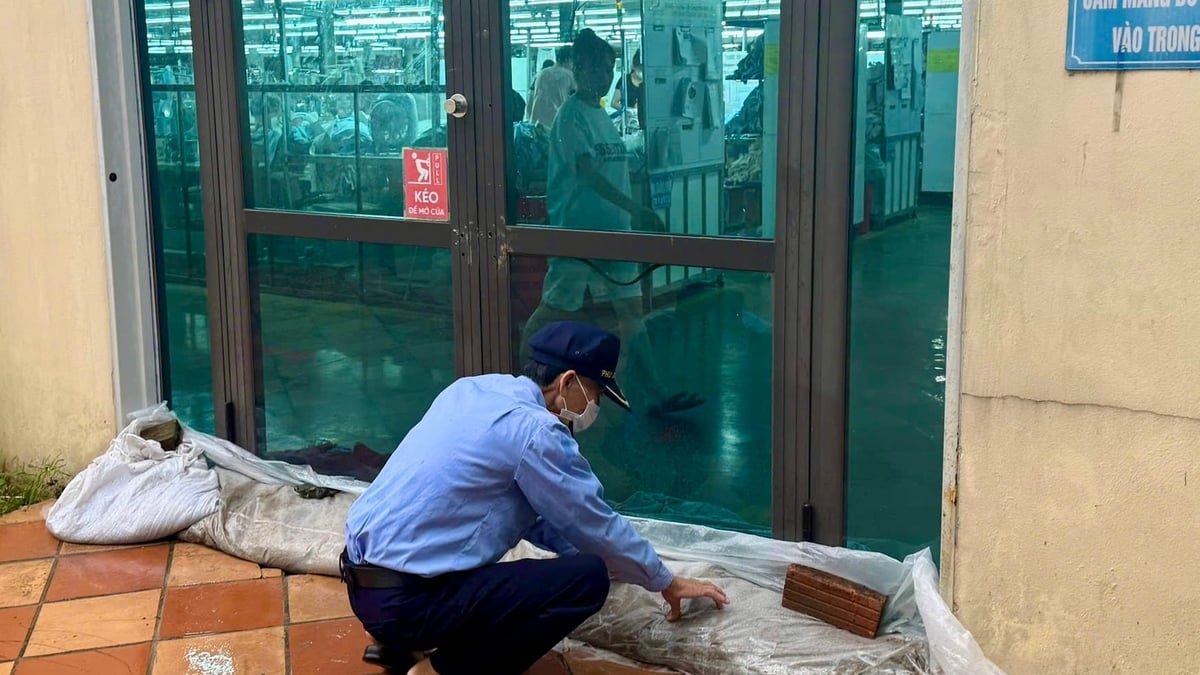


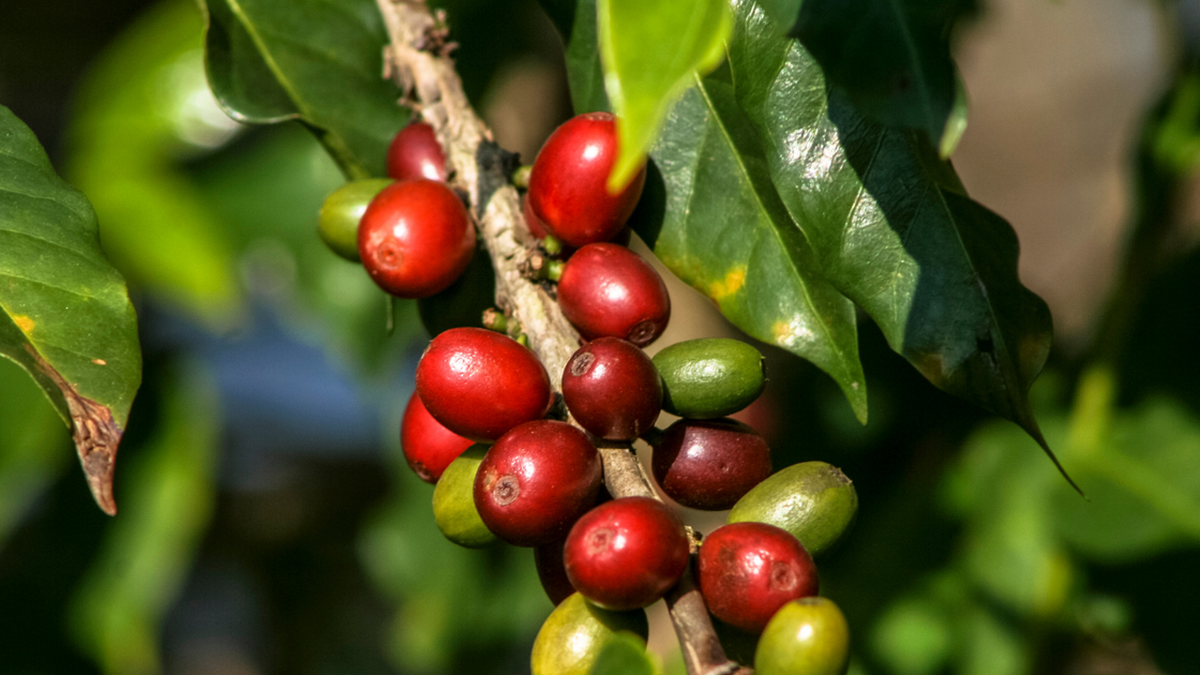




















![[Photo] National Assembly Chairman Tran Thanh Man visits Vietnamese Heroic Mother Ta Thi Tran](https://vphoto.vietnam.vn/thumb/1200x675/vietnam/resource/IMAGE/2025/7/20/765c0bd057dd44ad83ab89fe0255b783)






































































Comment (0)